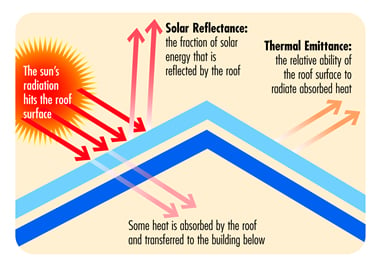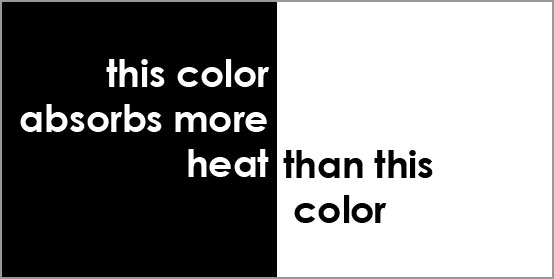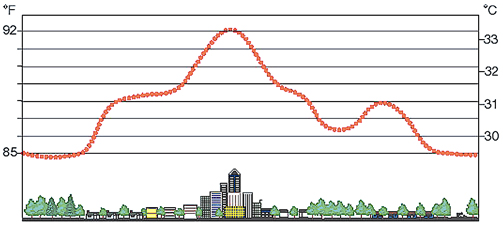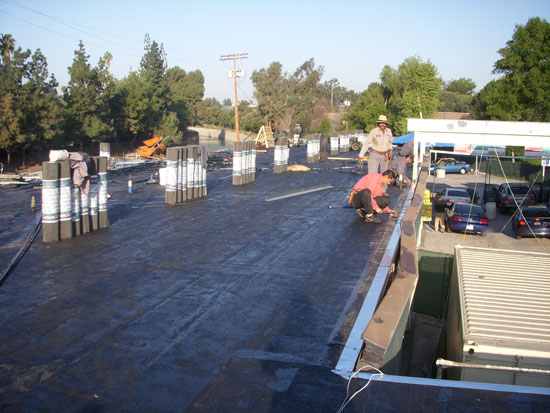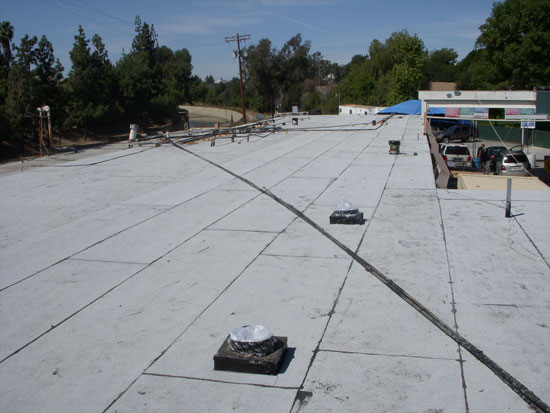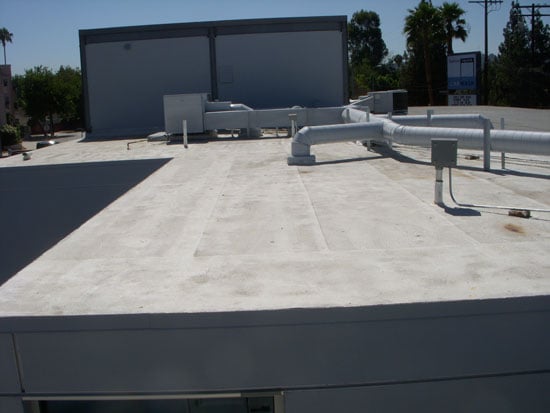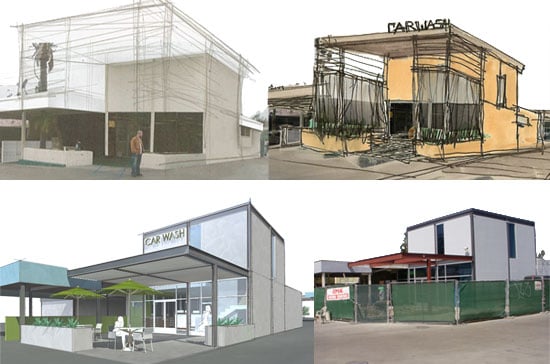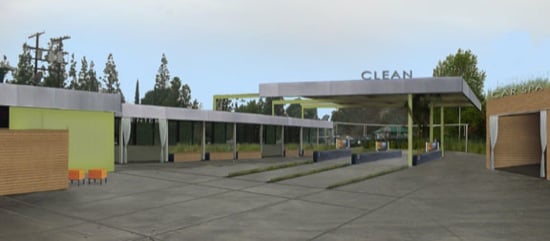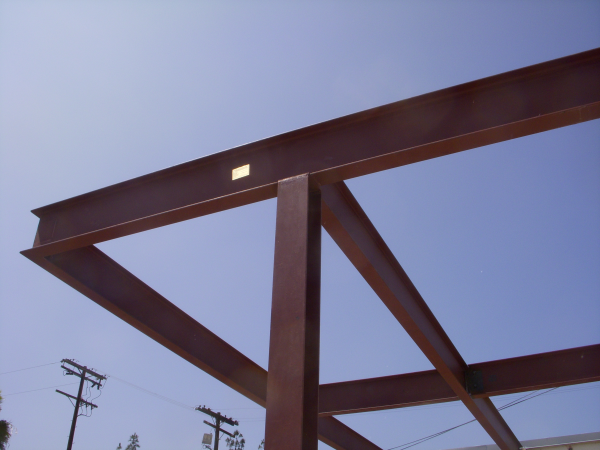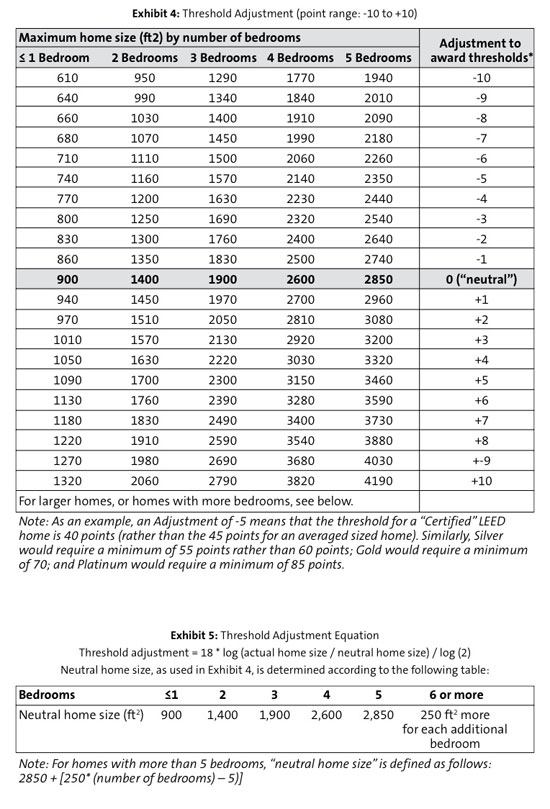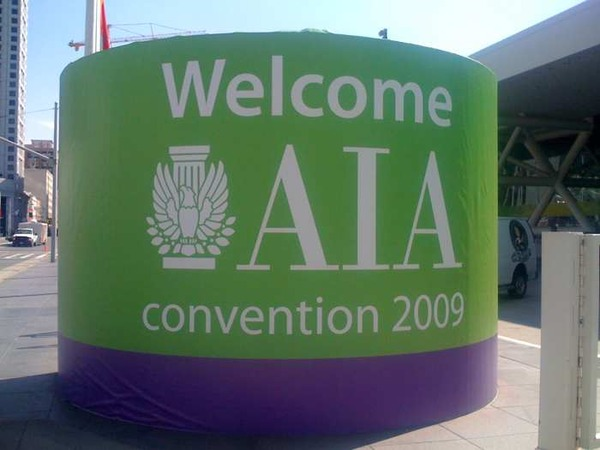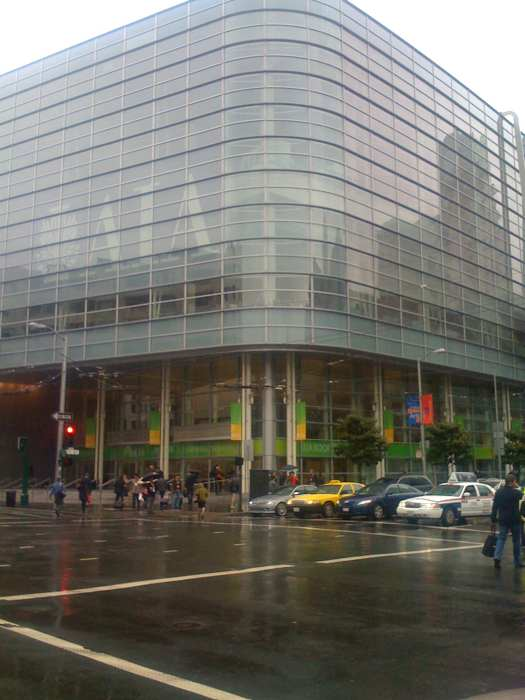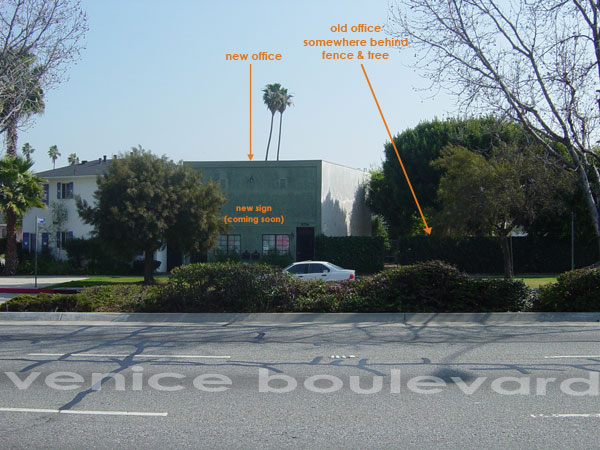In the spirit of the recent Los Angeles Times article discussing the downsizing of the average American home from 2,629 square feet (last year) to 2,419 square feet (this year), I thought I’d touch on my reasons for liking small homes:
1. Simple Math: If You Build Less, It Costs Less
Tight lending means that loans for big, expensive homes are difficult, if not impossible to come by. Every square foot you build costs more in construction materials, labor, permits, city fees, and dare I say it, architecture fees.
2. Resale Value
What? The Realtor rule has seemingly always been, that the larger the home, the better the value. But things have changed.
Building more can now price you out of the market.
Instead, try building only what you need, not what you perceive some mysterious future buyer will need.
3. Quality Over Quantity
About 10 years ago, Sarah Susanka introduced an idea to build better, not bigger, homes in her popular book,
The Not So Big House.
Her philosophy is relevant today as the economic shift has lessened the appetite for McMansions in favor of more compact, better built homes - the type of home that you'll want to live in for a long time.
4. Energy Efficiency
Aside from the energy you'll save in construction, a small home is far more efficient over its' life span. The mechanical systems needed to heat and cool your home will cost less upfront and will have to work less to keep you comfortable inside.
5. Think About Trading Space For Power
At a construction cost of $250 per square foot, if you were to build just 80 less square feet, you would have the $20,000 it takes to add a very decent solar power system. And in most places, government rebates will help put a big dent in that $20k price tag.
6. Sustainability
This is a much broader topic that is tough to summarize in a quick list; so simply put, small homes use less resources.
7. Affordable Land
Like many major metropolitan areas, in my home town of Los Angeles, the difficult challenge of finding affordable property makes it tough for many to make that first key step towards building a new home. If you're willing to go small, new opportunities present themselves in the form of more affordable undersized and odd lots that others may ignore.
8. Subdivide
You can also consider becoming a micro-developer by subdividing a larger lot and building a few homes: one for you and the others to sell to help pay for yours.
Small Lot Subdivision, which we have here in Los Angeles, is spreading as
other municipalities realize its potential.
9. Keeping It Clean
A simple concept: small homes are easier and faster to clean. If you hire someone to clean, it will cost you less.
It's also not much fun cleaning rooms you never use.
10. Don't Forget the Furniture
Larger home = more furniture you have to buy.
Nice furniture = expensive.
Small home = less furniture needed = can afford better furniture.
11. Less Room For Junk
Quick Quiz
If I had less space in my house to store
(fill in the blank), I would:
a) Pull it out of the closet and put it on display
b) Use it more often
c) Give it away to charity
d) Sell it on
ebay or
craigslistThe correct answer is that these are all good answers.
I love storage as much as anyone, but having too much can have some disadvantages as well.
12. You Can Always Add-On Later
Build what you can afford (& need) now. Plan for what you want later.
By no means is this a complete list. I would love to get some thoughts on this.
What spaces in your house do you not use?
What areas of your home do you wish were bigger? Smaller?
At Modative, we're fans of small modern homes. We like designing them, even on tight budgets. Feel free to contact us if you're thinking about a small home. We can even help you find property.
Download a PDF of 12 Incredibly Obvious Things I Like About Small Homes




